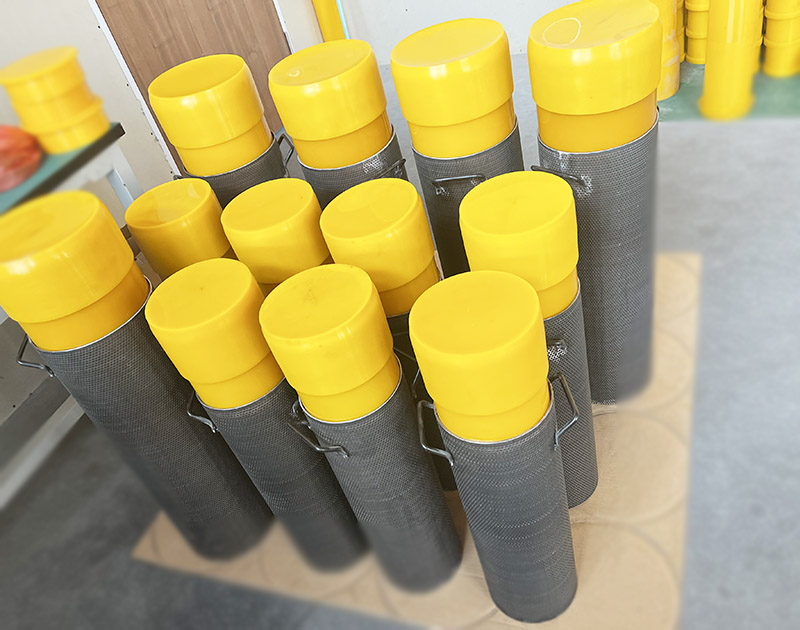

ISOSTATIC PRESSING
The metal powder is compacted uniformly in all directions so that the compact becomes an accurate scale down of the mould uniform density a homogeneous microstructure.
For this purpose the powder is sealed in a flexible envelope and the assembly (mould-powder) is immersed in a fluid which is pressurized.
There are virtually no residual stresses in the compacted material, because there is no die wall friction.

Why Isostatic Pressing
To get uniform density and compaction.
To make intricate shapes.
To get objects with great dimensional tolerance.
To get homogeneous structure.
Process Characteristics:
Unique aspects of CIP, as compared to die compaction, for P/M parts include:
Hydrostatic application of pressure over all surfaces of the mold produces uniform powder density for simple and complicated shapes.
Die-wall friction is not a factor in the densification process because of the elastic behavior of the mold.
Organic binder or lubricant additions to the metal powders are not required to achieve useful green strength. In fact, these materials are detrimental because of the adverse influence on metal chemistry and related mechanical properties for many of the reactive metals commonly processed by CIP if all these materials were present.

Two types of processes:
Cold Isostatic Pressing
Hot Isostatic Pressing
Tooling for Isostatic Compacting :
Cold isostatic pressing tooling is composed of two parts—the elastomeric mold, or bag, and a mandrel.
Elastomeric molds are made of a variety of materials; some are flexible, while others are fairly rigid.
An outside fixture to hold the loaded form is required if the mold is exceptionally flexible.
A number of factors must be considered in the selection of a mold material.

We support all kinds of customization, if you need it, please contact us.
Phone/whatsapp:+86 18234744811
Email:sales@highindustryco.com









